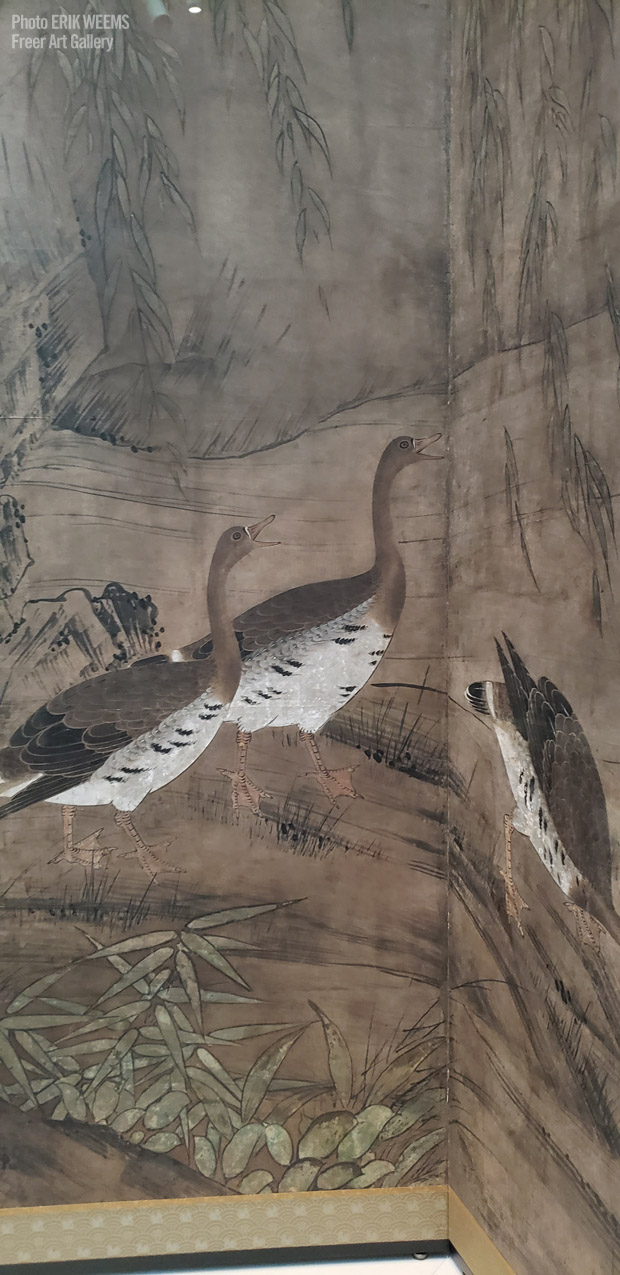Art and Artifice
Kano Motonobu 1476 - 1559
Kano Motonobu was a member of the Kano school of painting, which was founded by his father, Kano Masanobu, and became one of the most influential art schools in Japan.
Some key points about Kano Motonobu and his art:
- Kano Motonobu was born August 28, 1476 and died November 5, 1559
- Kano Motonobu was the head of the Kano school after his father's death, and he is known for developing the school's style.
- Motonobu is particularly famous for his skillfully painted screen panels. These were used in the palaces and homes of the Japanese nobility.
- Motonobu also painted portraiture, such as the shogun Ashikaga Yoshimochi.
- Chinese painting and calligraphy influenced Motonobu's art style, but he also developed a unique Japanese style that emphasized the use of color and a flat, decorative quality.
- A prolific artist, it is estimated that he created over 200 works during his lifetime.
- The Kanō school was founded in the 15th century by Masanobu, and continued to be active until the late 19th century.
- The Kanō school was based in Kyoto, the cultural capital of Japan. It was the official painting school of the Tokugawa shogunate, the ruling government of Japan from the 17th to the 19th century.
- The Kanō school is noted for a particular style of painting emphasizing decorative patterns, bold compositions, and a bright, vivid use of color.
- The Kanō school had a significant impact on Japanese art and culture, and its influence can be seen in a wide range of artistic fields, from painting to ceramics to textiles.
Below: Wild Geese, Willows and Peonies from 1568–1615 - folding screen - Work possibly by Kano Motonobu, six panel folding screen, Momayama period. Color on paper, Freer Art Gallery, Washington DC
Freer Art Gallery Washington DC. Photo by Erik Weems




Original Page February 23, 2023



